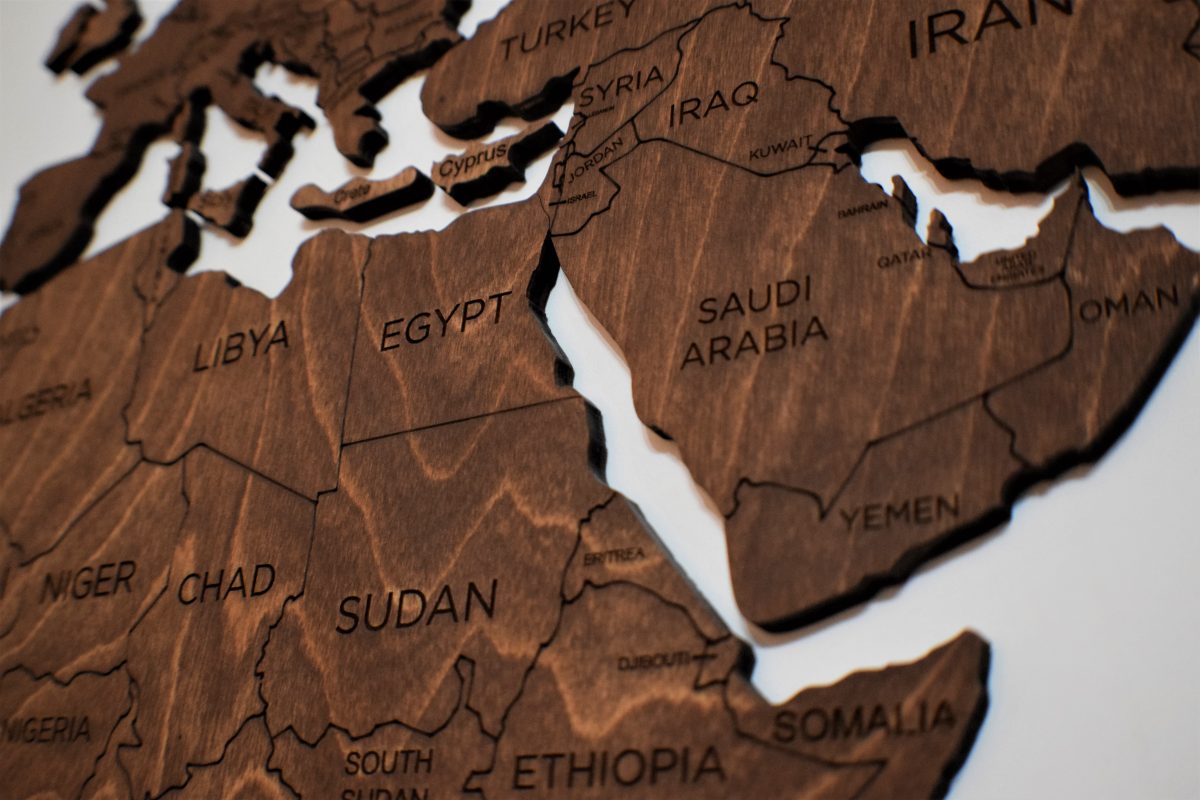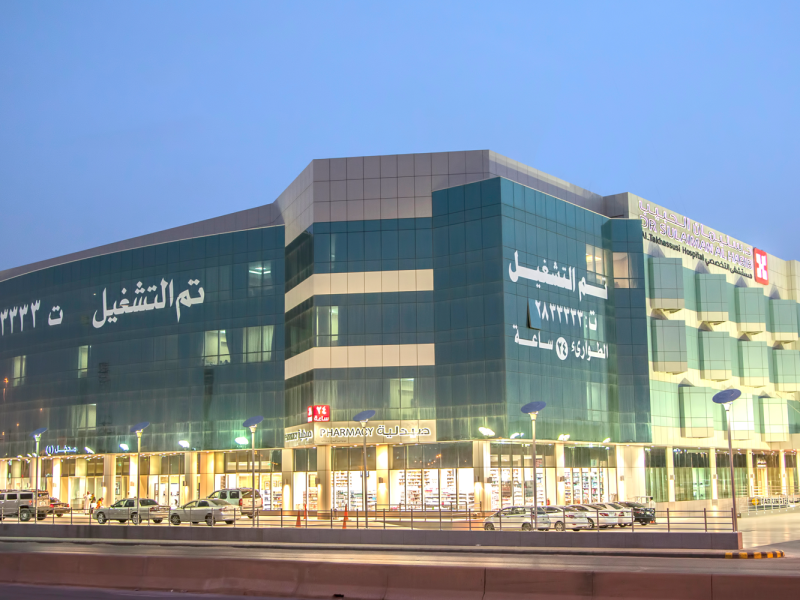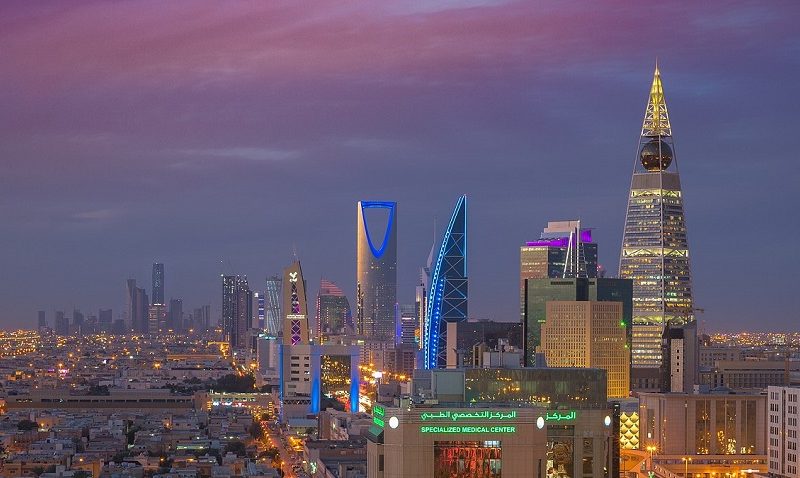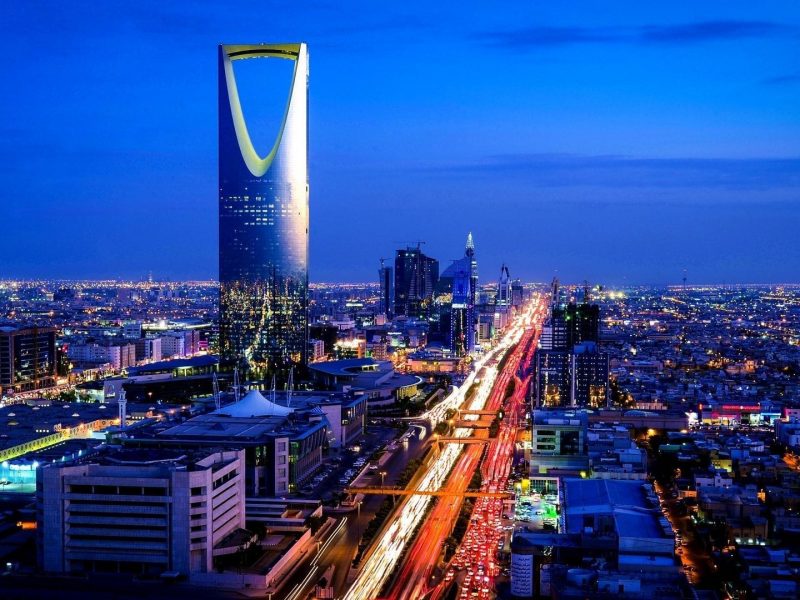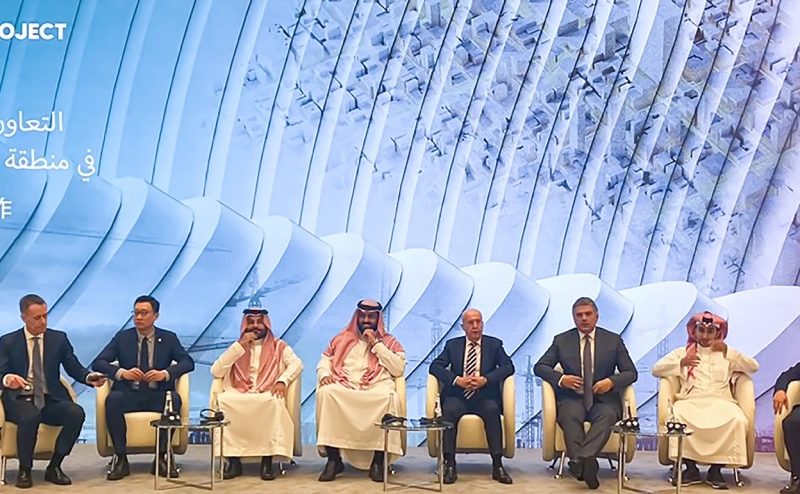The Kingdom of Saudi Arabia’s Vision 2030 has laid out a bold plan for economic growth that aims to diversify the country’s economy away from the oil industry.
It aspires to draw in foreign investments, promote economic expansion, generate the jobs required to keep up with the fast expanding labour force in the kingdom, and build a more robust economy. A critical success factor in realising Vision 2030’s ambitions has been economic diversification through the kingdom’s exponential construction sector, supported by mega- and gigaprojects worth many billions of dollars.
These monumental gigaprojects – many of which are being led by the Public Investment Fund (PIF) – include Diriyah Gate, with an investment pipeline of over $50.6bn; the 28,000km2 The Red Sea Project; the $500bn (SAR1.9tn) NEOM; the 367km2 Qiddiya; AMAALA; ROSHN; and the 23,000km2 AlUla.
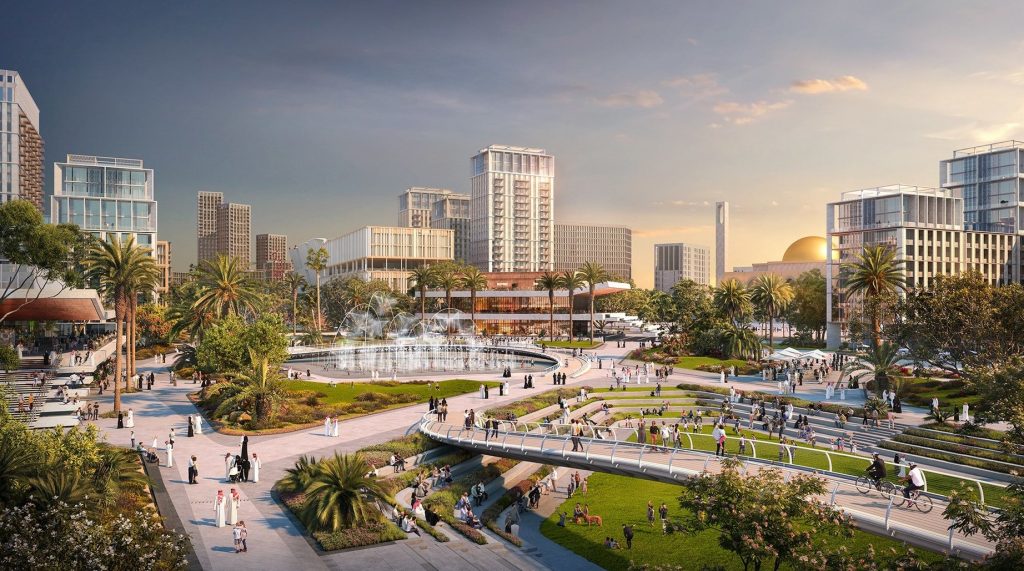
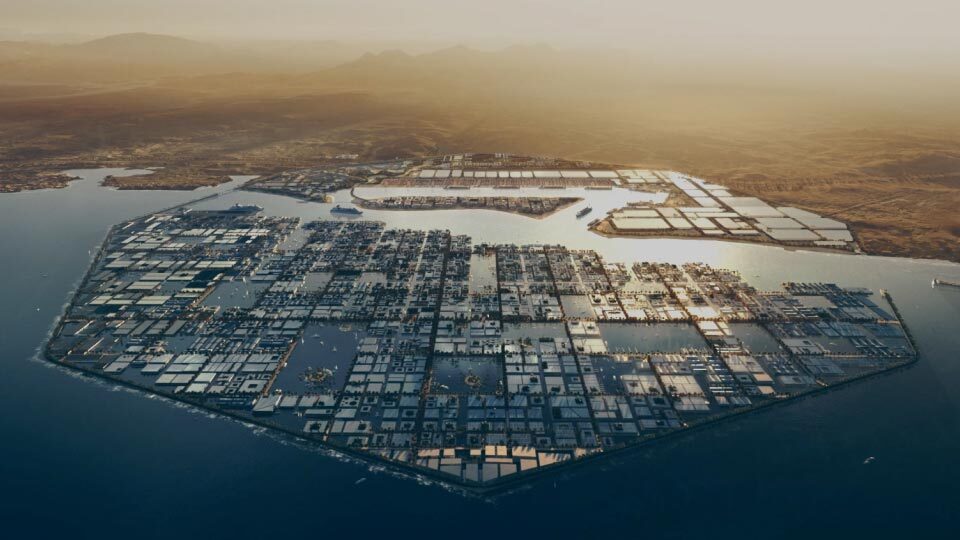
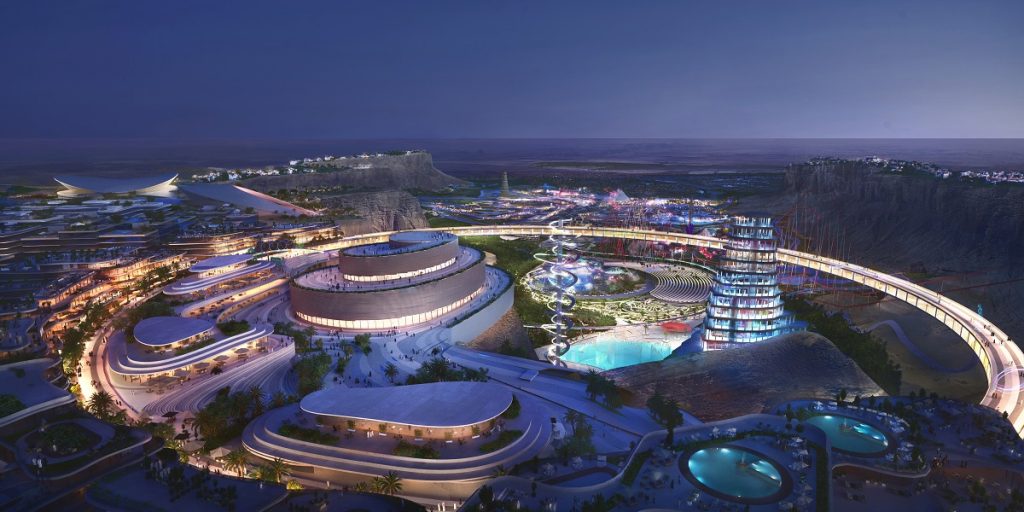

According to a report by Knight Frank, in August 2021, Saudi Arabia’s Vision 2030 transformation agenda released almost $1tn worth of infrastructure and real estate projects across the country. This figure was headlined by a $575bn investment to develop the Red Sea Coast into a global tourism and business hub. It accounts to around one third of the planned spend in the kingdom.
“Saudi Arabia’s new gigaprojects represent a seismic shift”
Faisal Durrani, partner – head of Middle East research, Knight Frank, tells Construction Week Middle East: “The $500bn super-city, NEOM, has captured the imagination of Saudis, with the appetite to purchase amongst tenants, homeowners, and HNWI (high net worth individuals).
“Creating a city from scratch, with a vibrant economy that draws in and retains talent is no easy feat, but numerous examples exist around the world and now could well be the turn of Saudi’s super-cities, with NEOM, for instance, leading the charge.”

“The kingdom’s new gigaprojects represent a seismic shift in not only the quantum of real estate development in Saudi Arabia, but also signals the emergence of one of the fastest growing real estate markets in the world,” Durrani concludes.
The kingdom’s industrial revolution has accelerated innovation and development throughout a wide range of industries, including the construction and real estate sectors. As a result, the standards of efficiency within these mega and gigaprojects have risen as they embrace technology like 3D printing and the internet of things.
This story is part of Construction Week Middle East’s KSA Gigaproject special report, which first appeared in the July issue of the magazine. You can read the full story here.
To view the July issue of the Construction Week Middle East magazine, click here.

